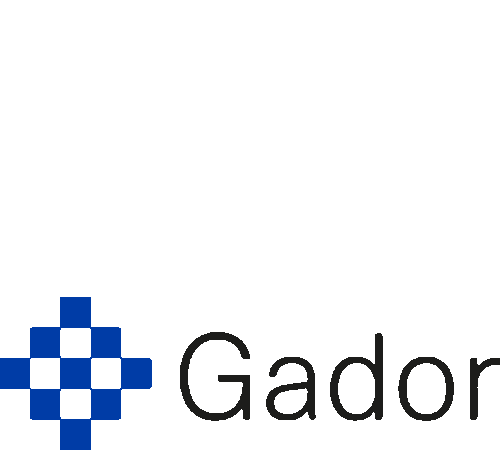OBJECTIVE:
To determine whether restricting the use of ceftriaxone and ciprofloxacin could significantly reduce colonization and infection with resistant Gram-negative bacilli (r-GNB).
METHODS:
A two-phase prospective study (before/after design) was conducted in an intensive care unit in two time periods (2004-2006). During phase 1, there was no antibiotic restriction. During phase 2, use of ceftriaxone or ciprofloxacin was restricted.
RESULTS:
Atotal of 200 patients were prospectively evaluated. In phase 2, the use of ceftriaxone was reduced by 93.6% (P = 0.0001) and that of ciprofloxacin by 65.1% (P = 0.041), accompanied by a 113.8% increase in use of ampicillin-sulbactam (P = 0.002).During phase 1, 48 GNB were isolated [37 r-GNB (77.1%) and 11 non-r-GNB (22.9%)], compared with a total of 64 during phase 2 [27 r-GNB (42.2%) and 37 non-r-GNB (57.8%)](P = 0.0002). Acinetobacter spp. was isolated 13 times during phase 1 and 3 times in phase 2 (P = 0.0018). The susceptibility of Pseudomonas aeruginosa to ciprofloxacin increased from 40.0% in phase 1 to 100.0% in phase 2 (P = 0.0108).
CONCLUSIONS:
Restriction of ceftriaxone and ciprofloxacin reduced colonization by Acinetobacter spp. and improved the susceptibility profile of P. aeruginosa.




